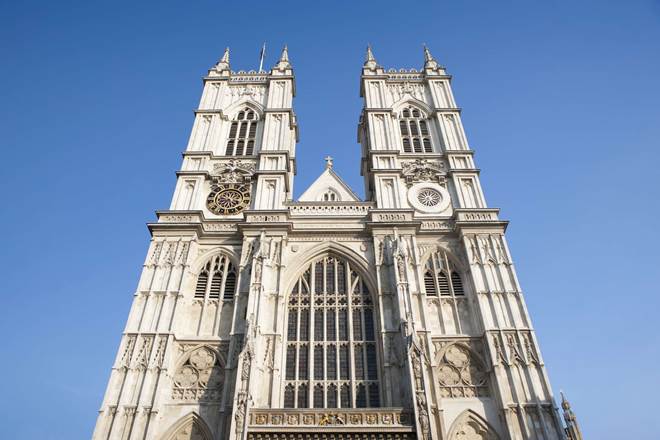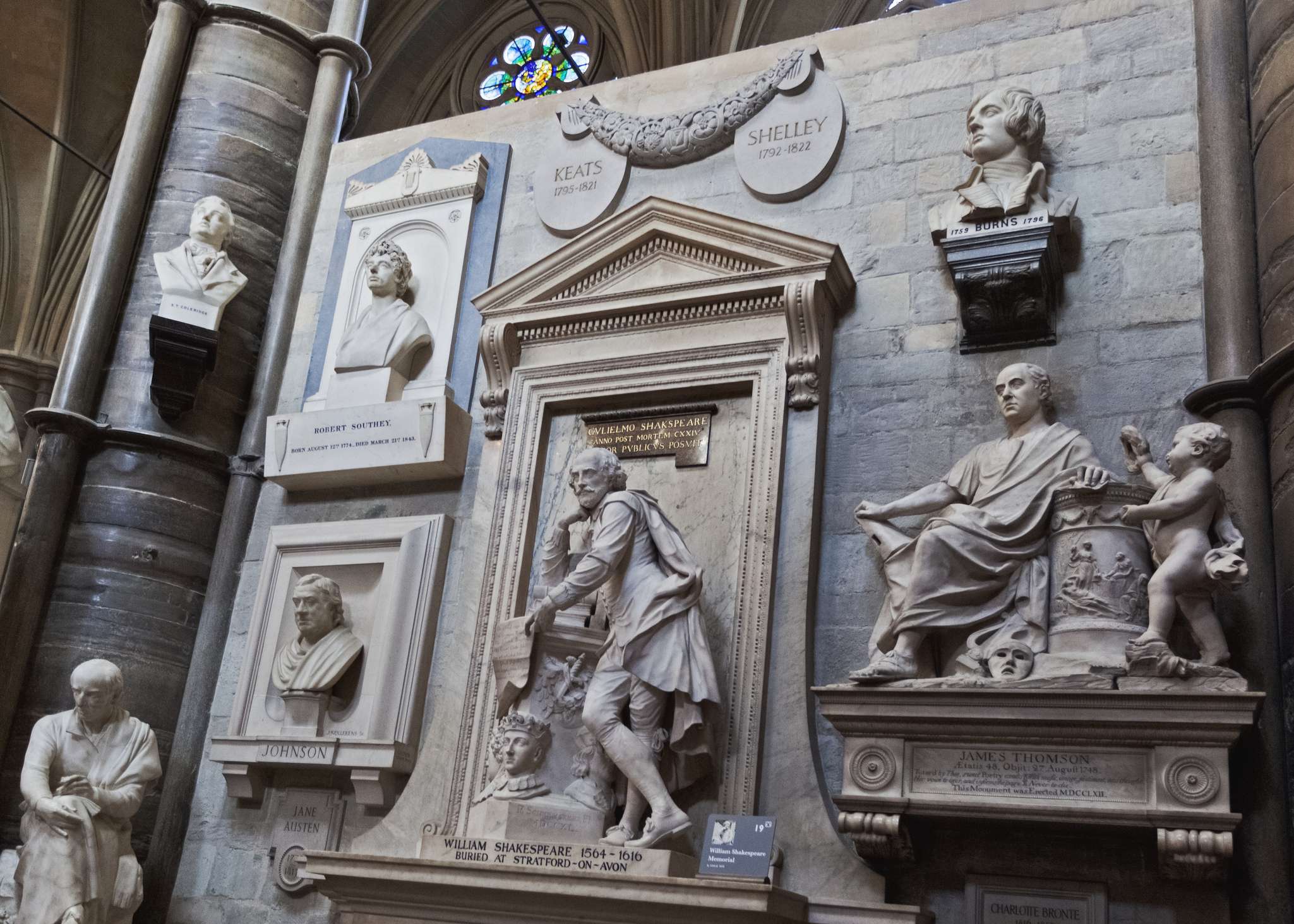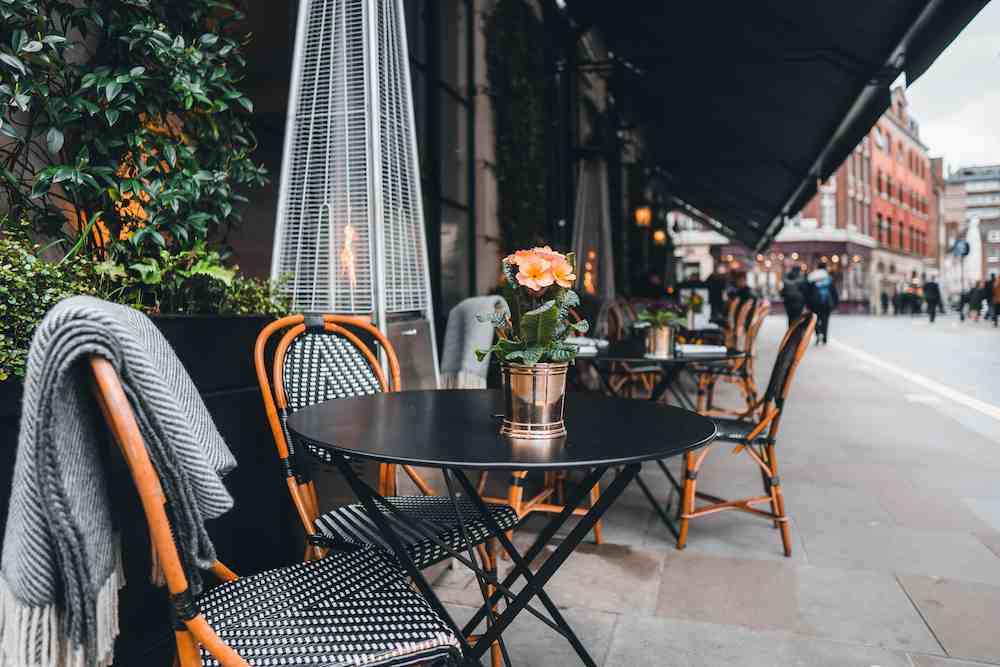One of England’s most important buildings, Westminster Abbey, is a must-see for anyone visiting London. Steeped in history dating as far back as 960AD, this Abbey has been the venue for 16 royal weddings and the resting place of 17 monarchs.
What’s in this guide?
- What to see at Westminster Abbey
- Westminster Abbey history and facts
- Nearby restaurants, bars and shops
- Opening times and ticket prices
Getting to Westminster Abbey
Since it’s set right in the centre of the capital, it’s easy to visit Westminster Abbey, no matter which part of London you’re staying in.
The underground (tube) will take you to all corners of London, and is the best way to travel if you’re in a hurry. The District (green) and Circle (yellow) lines stop at Westminster and St.James’ Park stations, both a short walk away. Or, if you’re using the Jubilee (grey) line, this also stops at Westminster.
Heading to London for the day from further afield? Both Victoria and Waterloo train stations are roughly a 15-minute walk from Westminster Abbey.
For a more scenic mode of transport, why not take the bus? There are plenty of buses that you can take to visit Westminster Abbey, allowing you to carry on sightseeing on the way.
What to see at Westminster Abbey
When visiting such a vast and famous landmark, it can be tricky to determine which areas deserve your attention, especially if you’re pushed for time. So, here’s what you should look out for when inside Westminster Abbey.
Poets Corner
A popular feature of Westminster Abbey, Poets’ Corner is dedicated to commemorating the country’s most beloved poets. Over 100 poets are buried in this corner of Westminster Abbey or have a memorial of some form. These include William Shakespeare, Jane Austen and Charles Dickens.
Among the many names, you’ll notice Geoffrey Chaucer, the first person buried at Poets’ Corner in 1400. Chaucer was the author of The Canterbury Tales and the Clerk of the King’s Works, meaning he was in charge of repairs at Westminster Abbey.
Coronation Chair
One of the world’s most significant pieces of furniture, 26 monarchs have been crowned in the coronation chair. The chair dates back 700 years, originally built for King Edward I to hold the Stone of Scone, a throne for Scottish kings he took in 1296. This has now been returned to Scotland but will be brought back for any future coronations.
When first built, the oak chair was adorned in gold leaf, but it has been damaged with graffiti and brown paint over the centuries. Luckily, extensive repairs have ensured that the chair can be enjoyed for centuries to come.
Lady Chapel
Built for Henry VII during the early 16th century, the Lady Chapel is famous for its exquisite and intricate fan-vaulted ceiling. Not only a decorative addition to the Abbey, but the Lady Chapel is also home to 15 tombs of kings and queens.
One of the most impressive tombs is Henry VII and his wife, Elizabeth of York. These feature bronze effigies, designed by Pietro Torrigiano, a Florentine Renaissance sculptor.
Royal Tombs
The royal tombs are a vital part of Westminster Abbey, with 30 kings and queens buried on site. The first was Edward the Confessor, and the most recent was George II.
Due to lack of space, many have been buried in vaults with only small inscriptions visible to the public. But as the first tomb, Edward the Confessor’s is quite the spectacle. This stands tall behind the High Altar and is surrounded by graves of Edward I, Eleanor of Castile, Edward II, Philipa of Hainault, Richard II and Anne of Bohemia.
Unknown Warrior
Commemorating those who lost their lives during the First World War, the Unknown Warrior is the tomb of an unnamed soldier who lost his life on the battlefield in France. The soldier was selected randomly from the deceased; his name and rank remain a mystery.
Burying him among the kings and queens highlights soldiers’ ultimate sacrifice for their country and God. The last few lines of the inscription read:
'Thus are commemorated the many
Multitudes who during the great
War of 1914-1918 gave the most that
Man can give life itself
For God
For King and country
For loved ones home and empire
For the sacred cause of justice and
The freedom of the world
They buried him among the kings because he
Had done good toward God and toward
His house'
Westminster Abbey history and facts
As you’d expect, Westminster Abbey’s history is lengthy and comes with several additions and alterations made throughout various monarchs’ reigns.
The Benedictine Monastery
The story of Westminster Abbey begins with a 960AD Benedictine monastery. In 1040, Edward the Confessor decided to replace the building with a large stone church that honoured St Peter the Apostle.
During this period, the Abbey earned its name. It was commonly known as 'West Minster' to differentiate from nearby St Paul’s, referred to as 'East Minster'. In its first years, important ceremonies of note include the coronation of William the Conqueror in 1066. Since then, the Abbey has become the setting for every coronation.
13th-century renovations
Later in the 13th century, most of Edward’s church was destroyed. Today the only remains are the round arches and supporting columns found in the undercroft and Pyx Chambers.
King Henry III decided to rebuild the Abbey during this period, following the popular Gothic style. But creating a place of worship wasn’t enough. King Henry III had a grand vision and wanted the Abbey also to be built to accommodate coronations and burials of monarchs.
Later additions to Westminster Abbey
Adding to the grandeur of Westminster Abbey, the Lady Chapel was built for Henry VII and was consecrated in 1516. Since the 18th century, it’s been known as the chapel of the Order of the Bath.
In 1745, the western towers were finally completed after construction started in medieval times. These followed Nicholas Hawksmoor’s design and featured stained glass from the 13th and 18th centuries. The newest addition was David Hockney’s design in The Queen Elizabeth II window.
Westminster Abbey today
Today, Westminster Abbey is one of the best examples of Gothic architecture in England. To date, over 3,300 people are buried there. It’s home to over 600 monuments, which means visitors can easily spend hours exploring every corner of the Abbey.
Apart from being a London landmark, Westminster Abbey still hosts regular services, and in 2010 it celebrated its first visit from the Pope.
Restaurants, bars and shopping near Westminster Abbey
What’s great about visiting Westminster Abbey is that once you’re done exploring, a host of other London landmarks can be reached on foot. These include:
But other than world-famous landmarks, what else can you find near Westminster Abbey?
Restaurants
Westminster Abbey is undoubtedly a tourist hotspot, which means it can be tricky to spot the nearby hidden culinary gems. So, here are our top three choices that you can find on Westminster Abbey’s doorstep.
The Cinnamon Club: For a modern take on Indian cuisine, try out the menu at The Cinnamon Club. Set in what was once Westminster Library, you can enjoy dinner in a Grade II listed building that’s bursting with character. It might be on the pricier side, but this is the place to go if you’re looking for a memorable evening. Plus, it’s only a 5-minute walk from Westminster Abbey.
Laughing Halibut: If you aren’t looking to splash the cash and just want a hearty lunch after visiting Westminster Abbey, make sure to check out the Laughing Halibut. Serving all the classic chippy dishes, this traditional fish and chip shop may not look like much from the outside, but you’ll soon change your mind once you try their crispy golden chips.
Regency Café: A no-frills, charmingly traditional greasy spoon that’s just a 10-minute walk from the Abbey. The perfect place to try out a full English breakfast, Regency Café will take you back in time. It’s even become a bit of a tourist hotspot itself and has featured in a host of films and TV series.
Bars
Westminster is home to some of the best traditional British pubs in London. Often the watering hole of MPs and journalists, you might even come across a few familiar faces when you go out for a drink in this part of the city.
The Albert: A 5-minute walk from Westminster Abbey, The Albert is a traditional pub that stands proud among the surrounding modern glass buildings. The Grade II listed building is ideal for an afternoon pint or two.
The Red Lion: Also only 5 minutes from the Abbey lies The Red Lion. This pub oozes a traditional British atmosphere with an interior that will take you back in time. Somewhat of a Westminster institution, this is the ideal place to take a break before continuing with your sightseeing.
The Westminster Arms: Just 2 minutes from the Abbey, The Westminster Arms couldn’t be closer to the iconic landmark. This cosy pub may not be the biggest, but what it lacks in size, it more than makes up for in atmosphere. Choose from the ground floor bar, which serves up a host of beers or head downstairs to test out the wine bar.
Shopping
Unsurprisingly, you can find plenty of souvenir shops surrounding Westminster Abbey, where you can get the perfect gift for loved ones back home. The Westminster Abbey Gift Shop is an excellent place to stock up.
But if you’re looking for more than souvenirs, some great shopping spots can be found near the Abbey.
Covent Garden: A 20-minute walk from Westminster Abbey, Covent Garden is a London landmark in its own right. The square is renowned for its street artists who dazzle crowds, but the quaint surrounding streets also offer great high street and boutique names.
Seven Dials: The neighbourhood nestled between Covent Garden and Soho, Seven Dials offers a more relaxed shopping experience, away from the crowds. The picture-perfect characterful streets boast flagship stores of favourite brands and fantastic food spots.
Opening times and ticket prices
The Abbey is open to visitors from 09:30 Monday to Saturday, with the last admission at 15:30. Sunday service takes place every week, so the Abbey remains closed for tourists on this day.
It’s also important to consider that some areas of the Abbey will be cornered off when you visit, as it’s an active church. So, it’s always worth checking the website before you attend.
Here’s a breakdown of prices for Westminster Abbey tickets:
|
|
Westminster Abbey tickets |
|
Adults |
£24 |
|
Over 65s |
£21 |
|
Students |
£21 |
|
Children (6 to 17) |
£10 |
|
Under 5s |
Free |
Prices correct as of February 2022
Taking the train to London?
You can easily reach London by train from within the UK, as well as other major European cities, thanks to the many high-speed rail connections available.
If you're already in the UK and heading into London, you can get from Edinburgh to London in 4h, from Manchester to London in 2h 3m, from Glasgow to London in 4h 28m and from Liverpool to London in m. Some of the most popular international routes include Paris to London (2h 17m), Brussels to London (2h 1m) and Amsterdam to London (4h 42m).
Need more information about travelling to London by train? Check out our dedicated page to trains to London.



